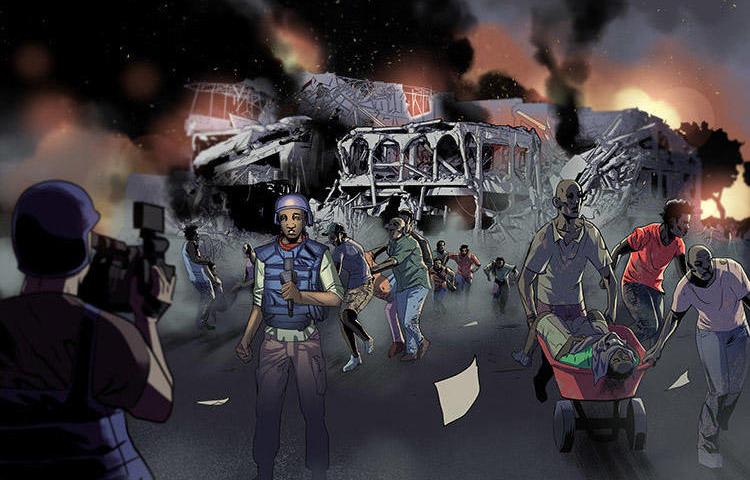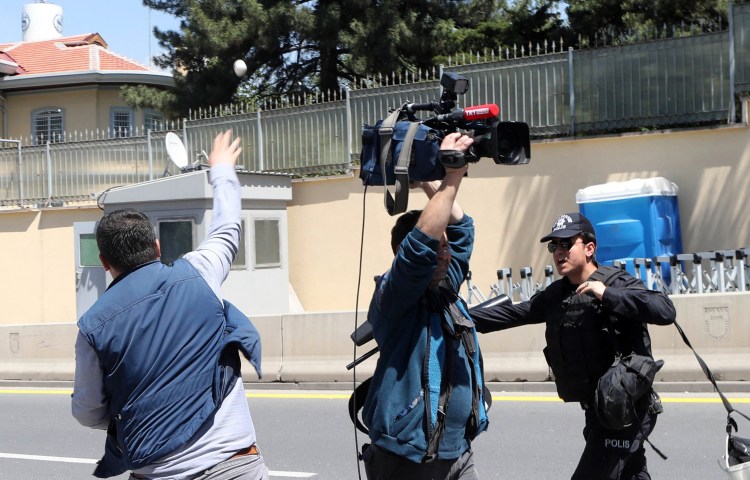
Situational awareness: A guide for journalists
When talking about journalist safety, security measures such as filling out a risk assessment, completing hostile environment awareness training (HEFAT), or using personal protective equipment (PPE) are often the first things to come to mind. However, one of the most important security measures in a journalist’s toolbox is the ability to maintain situational awareness and…
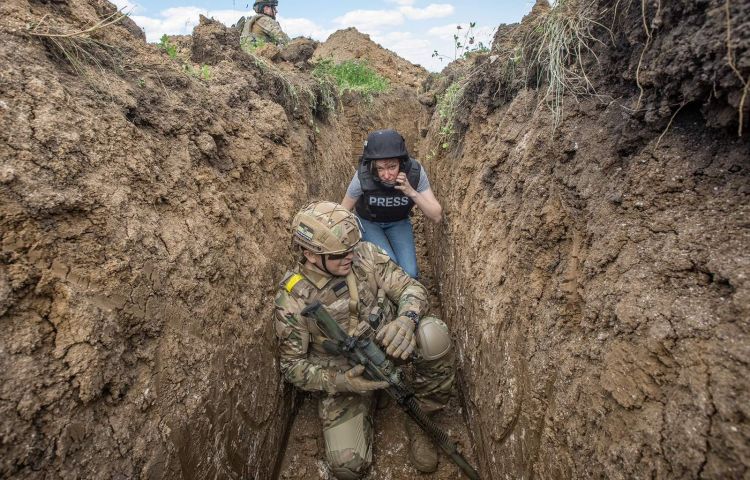
‘No other option to survive’: After one year of war, Ukrainian journalists are equipped for the long haul
In January, Ukrainian photojournalist Anton Skyba rushed to the Donbas region in eastern Ukraine to report on a town near the front line, Chasiv Yar. He came prepared. In a phone call with CPJ, he ticked off the items in his suitcase: personal protective equipment, including a helmet and an individual first aid kit with a chest patch “for…

Physical Safety: Mines and unexploded ordnance
For journalists on the ground, mines and unexploded ordnance (UXO) pose a deadly threat, especially when they don’t know what to look for. Given an increased concern about the widespread use of these weapons in Ukraine, CPJ Emergencies has created this video and safety note to explain how to work safely in an environment where…
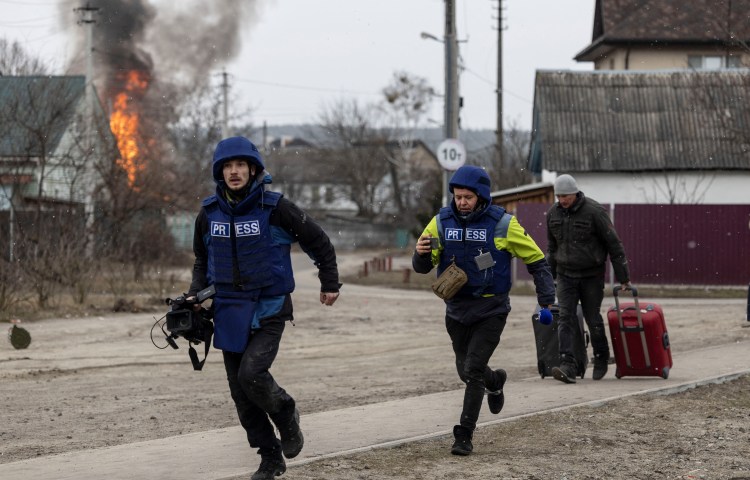
Ukraine: Guide to movement of personal protective equipment
For journalists operating in hostile environments, having the correct safety equipment such as helmets and flak jackets can be the difference between life and death. Nowhere has this been clearer than in Ukraine, where personal protective equipment (PPE) is in short supply, and where journalists have been gravely – and even fatally – injured throughout…
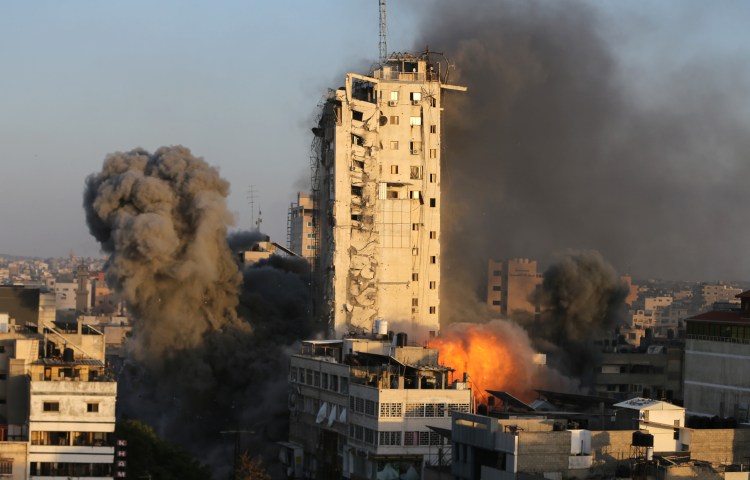
CPJ Safety Advisory: Covering the conflict in Israel and the Palestinian Territories
Violent protests erupted in parts of Jerusalem in mid-April, in response to the proposed eviction of Palestinians from the Sheikh Jarrah neighborhood, according to multiple news reports. Combined with reports of heavy handed policing of Palestinians during the holy month of Ramadan–which began in mid-April–and the use of stun grenades and tear gas to control…

CPJ Safety Advisory: Covering the conflict in Nagorno-Karabakh
Updated October 9, 2020 Hostilities erupted once again on September 27, 2020, between the forces of Azerbaijan and Armenia in the autonomous region of Nagorno-Karabakh. As of October 9, over 300 people had been killed, according to news reports. Major population centers such as Stepanakert, the region’s capital, and Ganja, Azerbaijan’s second-largest city, have been…

CPJ Safety Advisory: Covering Rojava and northern Syria
Following Turkey’s military incursion into northern Syria in October, dozens of local and international journalists have reported on developments from the region. The military action has increased risks for journalists, with at least three killed during Turkish airstrikes last month, according to CPJ research.
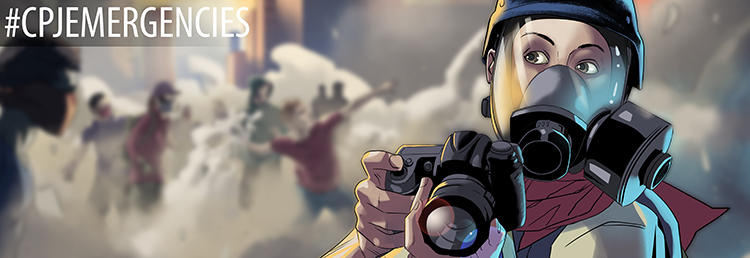
Physical Safety: War Reporting
Reporting from the front lines of a conflict is one of the most challenging assignments a journalist can undertake. All war correspondents should have hostile environment training, up-to-date medical training, and the correct safety equipment before going on assignment in a conflict zone.
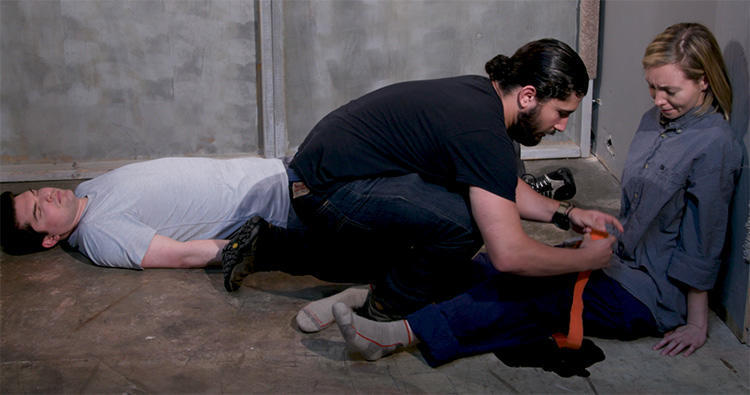
First aid videos
Journalists face the risk of serious injuries while on both dangerous and routine assignments. In situations when emergencies lead to severe injury, journalists should be prepared to deal with medical complications in order reduce the severity of injuries and to save both their lives and the lives of their colleagues.
